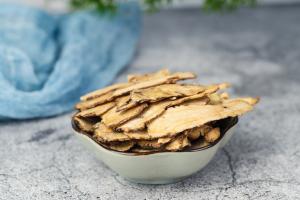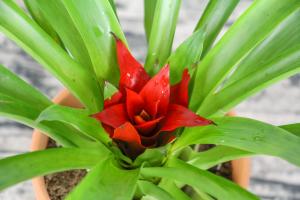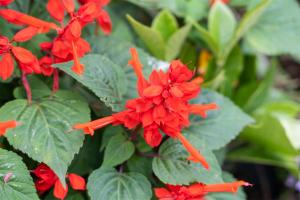How to Water Polka Dot Plant
Polka dot plant, also known as hypoestes phyllostachya, is a popular indoor plant, loved for its brightly colored leaves that are covered in dots. To keep this plant healthy and looking its best, proper watering practices are essential. In this article, we’ll explain how to properly water your polka dot plant to ensure it thrives.
Understanding the Watering Needs of Polka Dot Plant
Before you water your polka dot plant, it’s important to understand its watering needs. As a tropical plant, it prefers consistently moist soil but not soil that is waterlogged. Overwatering can lead to root rot, while underwatering can cause the plant’s leaves to wilt or drop. The frequency of watering will depend on the temperature and humidity in the room, the size of the pot, and the plant’s overall health.
How to Water Polka Dot Plant
Now that you understand the water needs of your polka dot plant, here are some tips on how to water it:
1. Check the soil: Before watering your plant, check the soil to see if it’s dry. Stick your finger about an inch into the soil. If it feels dry to the touch, it’s time to water your plant.
2. Use room temperature water: Use room temperature water to water your polka dot plant. Cold or hot water can shock the plant and damage its roots.
3. Water slowly: Pour the water slowly into the soil around the plant, ensuring that it is absorbed by the roots. Avoid overwatering, as this can lead to root rot or fungal growth.
4. Drain the excess water: After watering, check to see if there is any excess water in the saucer beneath the pot. If there is, remove it to prevent the roots from sitting in water.
Watering Frequency for Polka Dot Plant
The frequency of watering your polka dot plant will depend on several factors, including the temperature and humidity in the room, the size of the pot, and the plant’s overall health. As a general rule, water your plant when the top inch of soil feels dry to the touch. In hot or dry conditions, you may need to water your plant more frequently. In cooler or humid conditions, you may need to water your plant less frequently.
Signs of Overwatering and Underwatering
It’s important to be able to recognize the signs of overwatering and underwatering in your polka dot plant. Signs of overwatering include yellowing leaves, moldy soil, and a musty odor. Signs of underwatering include wilting or drooping leaves, dry soil, and slow growth. If you notice any of these signs, adjust your watering practices accordingly.
Final Thoughts
Proper watering is essential for keeping your polka dot plant healthy and thriving. By understanding the plant’s watering needs, using room temperature water, and watering slowly to avoid overwatering, you can ensure that your plant remains happy and healthy.

 how many times do yo...
how many times do yo... how many planted tre...
how many planted tre... how many pine trees ...
how many pine trees ... how many pecan trees...
how many pecan trees... how many plants comp...
how many plants comp... how many plants can ...
how many plants can ... how many plants and ...
how many plants and ... how many pepper plan...
how many pepper plan...





























